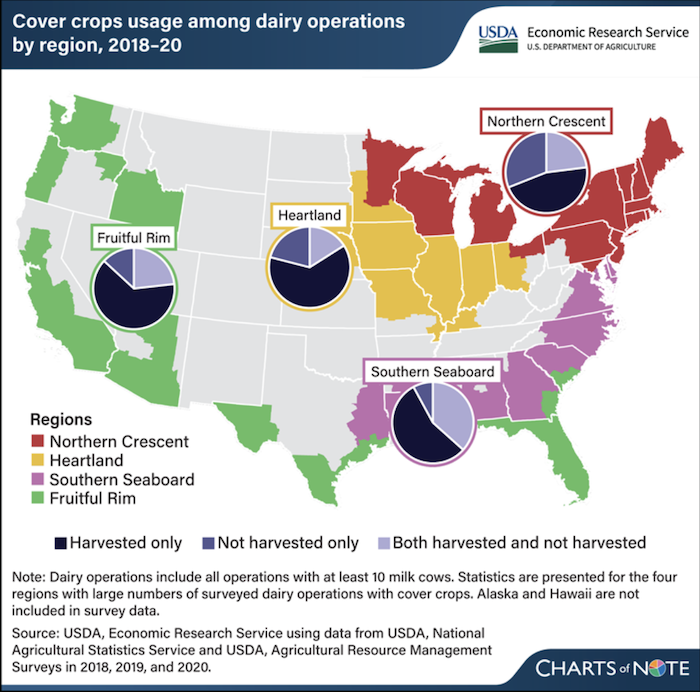In a recent blog from No-Till Farmer editor Frank Lessiter, he states "lots of folks are saying we need to dramatically expand our cover crop acreage in an effort to improve soil health. But if this is going to happen over the next few years, the most effective way depends on many more farmers switching to no-tillage."
There is no shortage of literature on the subject of cover crops and no-till going hand-in-hand.
Former Ohio State Extension ag engineer Randall Reeder has also blogged recently about why total cover crop acreage in the U.S. is closer to 5% of all ag acres than it is to 50%.
The National Cover Crop Survey from the Conservation Technology Information Center (CTIC) helps shed light each year on reasons growers want to plant cover crops as well as the main obstacles keeping many farmers from planting cover crops.
Understanding the benefits and most popular uses of cover crops is key in answering Randall Reeder's question of why more farmers aren't planting cover crops and tackling Frank Lessiter's philosophy of increasing no-till and cover crop adoption together.
In the 2023 National Cover Crop Survey from CTIC, we learned that most growers who answered that they are not already planting cover crops shared the same concern for not wanting to do so — no measurable economic return. Out of 795 total respondents, 151 answered a question about their biggest barrier for not wanting to plant cover crops. 60% of those growers stated that lack of a measurable economic return was a major concern for them.
 The chart shown above which was published by the USDA's Economic Research Service shows more than half of dairy operations that plant cover crops reported harvesting all their cover crop acreage for forage or other on-farm use between 2018 and 2020.
The chart shown above which was published by the USDA's Economic Research Service shows more than half of dairy operations that plant cover crops reported harvesting all their cover crop acreage for forage or other on-farm use between 2018 and 2020.While not all growers have livestock, this is clearly one way that dairy farmers can help justify cost concerns of cover crops. This is a great way to get the most out of cover crops by reaping the soil health and water quality benefits while also finding a way to cut back on cost of feed for livestock.
Frank Lessiter is right that no-till and cover crops go hand-in-hand and if we can increase no-till acres we can likely increase cover crop acres right along with it. But for many conventional tillage farmers, switching to no-till has an even larger economic stigma around it.
But nearly every farmer who practices no-till or plants cover crops will tell you that whatever cost concerns there might be, the future of the soil health on your farm is more important than a small drop in yield — which may or may not even occur — when switching to no-till or implementing cover crops. And even if it does, most growers will tell you that it's not about yield it's about ROI. Finding a way to make a solid ROI on cover crops (and no-till) is the key to making these practices more widespread.
And if you don't have livestock on your farm and you're still concerned about the cost of cover crop seed and the potential of not getting a solid ROI on cover crops, maybe take a page out of cover crop expert Steve Groff's book and learn how to grow your own cover crop seed — legally.
Related Content:
If We Want to Boost Cover-Cropped Acres, More Growers Need to Shift to No-Till,
Why Aren't More Farmers Planting Cover Crops?,
Efficient Fertility, Cover Crops Set The Table For A Life Of No-Till




